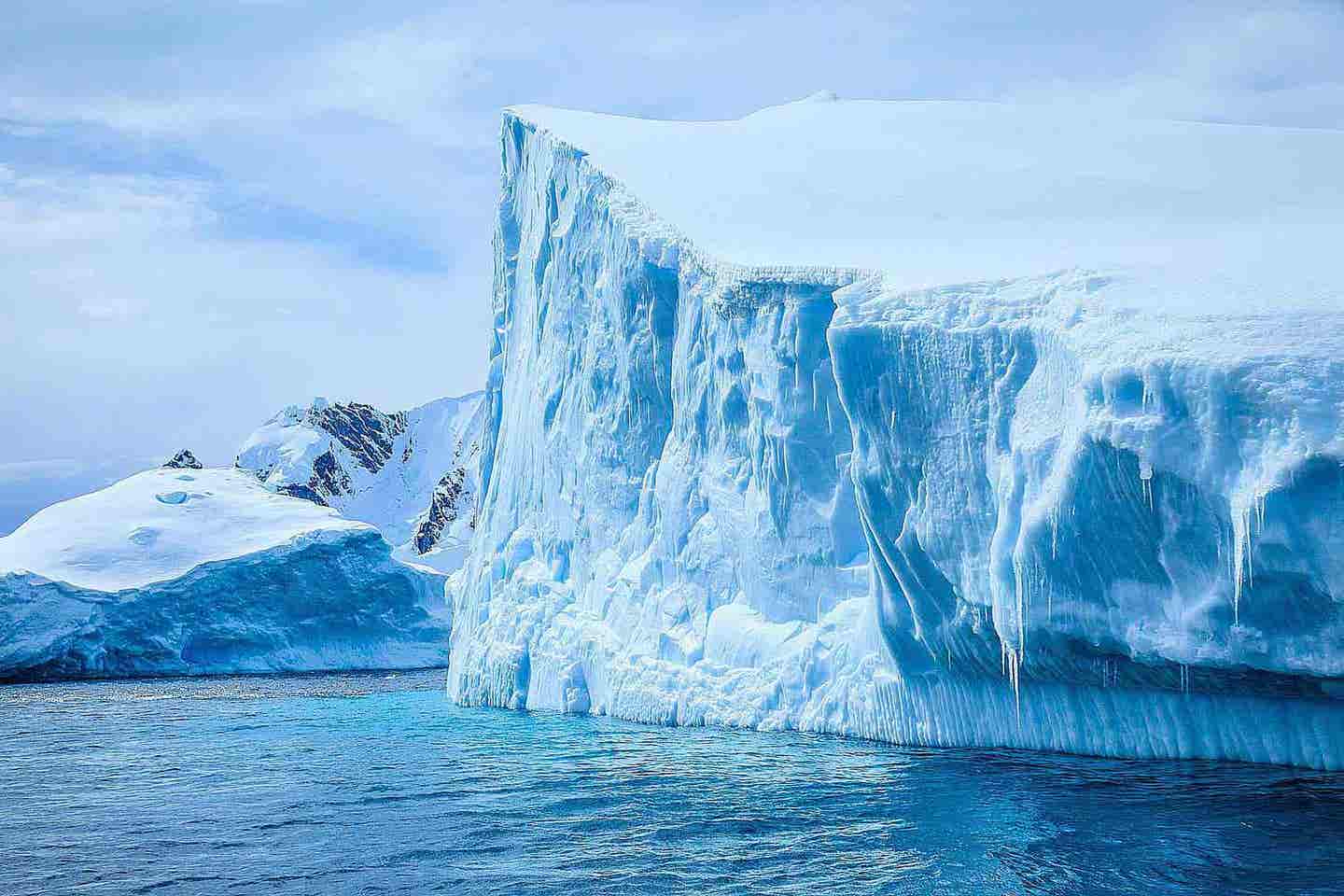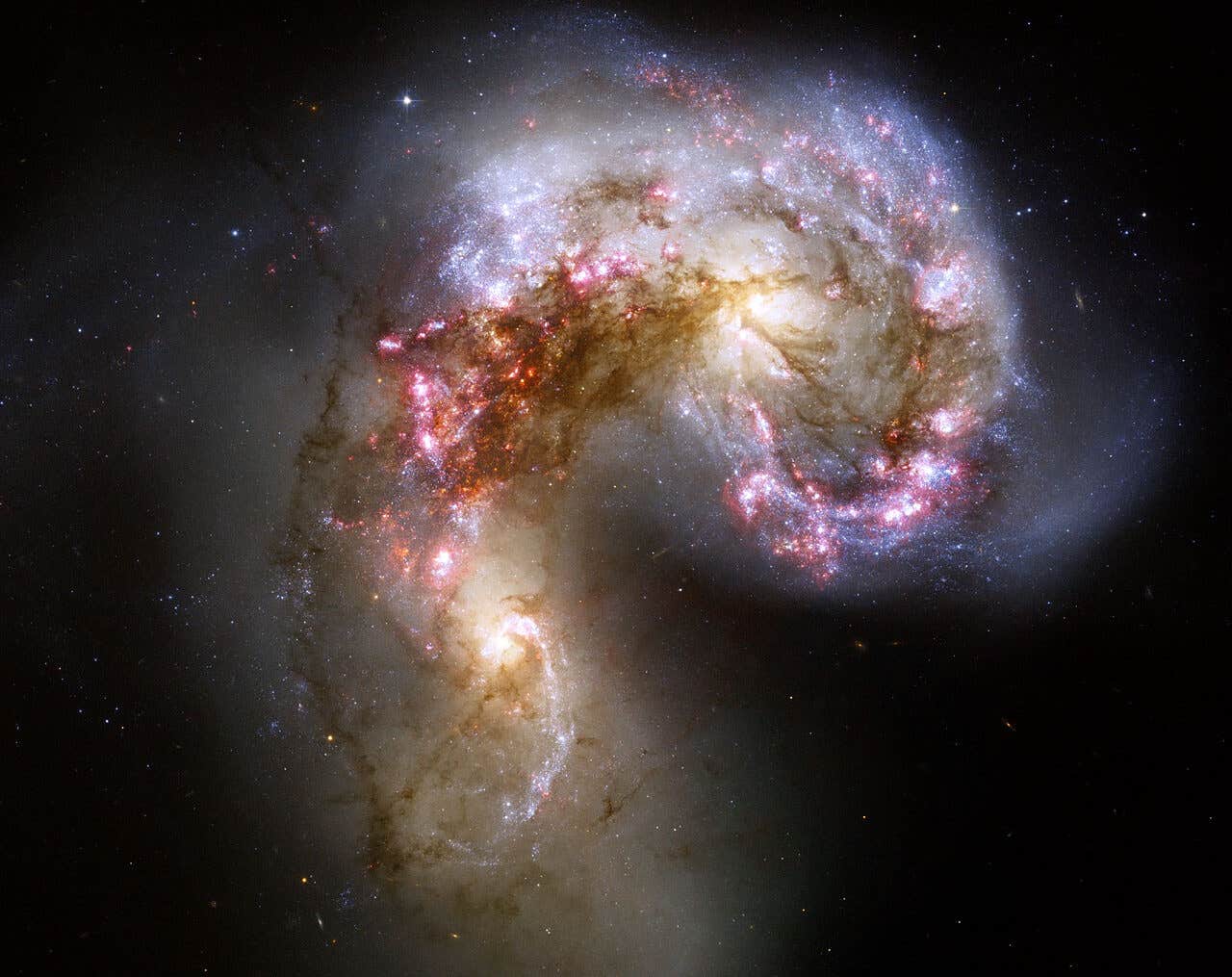Breaking the Ice: Antarctica Loses 3 Trillion Tonnes of Ice in 25-Year Span
[Mar. 23, 2023: Staff Writer, The Brighter Side of News] At the beginning of the last ice, local mountain glaciers grew and formed large…

[Mar. 23, 2023: Staff Writer, The Brighter Side of News]
At the beginning of the last ice, local mountain glaciers grew and formed large ice sheets, like the one seen here. (CREDIT: Getty Images)
The Amundsen Sea Embayment in West Antarctica, which is more than four times the size of the UK, has lost over 3,000 billion tonnes of ice in a 25-year period, according to calculations by scientists. Led by Dr. Benjamin Davison at the University of Leeds, the research has identified that changes in ocean temperature and currents have been the most important factors driving the loss of ice.
The study calculated the “mass balance” of the Amundsen Sea Embayment, which describes the balance between mass of snow and ice gain due to snowfall and mass lost through calving, where icebergs form at the end of a glacier and drift out to sea.
The 20 major glaciers forming the embayment play a key role in contributing to the level of the world’s oceans, and the loss of so much water could cause global sea levels to increase by more than one metre. The research has been published in the scientific journal Nature Communications.
If all the lost ice was piled on London, it would stand over 2 km tall or 7.4 times the height of the Shard. If it were to cover Manhattan, it would stand at 61 km – or 137 Empire State Buildings placed on top of one another.
Related Stories
The loss of ice from the region over the past 25 years has seen the retreat of the Pine Island Glacier, also known as PIG. As it retreated, one of its tributary glaciers became detached from the main glacier and rapidly accelerated. The tributary glacier was named the “Doomsday Glacier” after it was found to be losing ice at an alarming rate, which could lead to catastrophic sea-level rise.
Using climate models that show how air currents move around the world, the scientists identified that the Amundsen Sea Embayment had experienced several extreme snowfall events over the 25-year study period. These would have resulted in periods of heavy snowfall and periods of very little snowfall or a “snow drought”.
The researchers factored these extreme events into their calculations and found that they contributed up to half of the ice change at certain times, and therefore played a key role in the contribution the Amundsen Sea Embayment was making to sea-level rise during certain time periods.
Ice speed and speed change in the Amundsen Sea Embayment. 2017–2021 ice speed over the Amundsen Sea Embayment derived from intensity tracking of Sentinel-1a and -1b Synthetic Aperture Radar images. (CREDIT: journal Nature Communications)
For example, between 2009 and 2013, the models revealed a period of persistently low snowfall or “snow drought”. The lack of nourishing snowfall starved the ice sheet and caused it to lose ice, therefore contributing about 25% more to sea-level rise than in years of average snowfall. In contrast, during the winters of 2019 and 2020, there was very heavy snowfall, which mitigated the sea-level contribution from the Amundsen Sea Embayment, reducing it to about half of what it would have been in an average year.
Dr. Davison said, “Changes in ocean temperature and circulation appear to be driving the long-term, large-scale changes in West Antarctica ice sheet mass. We absolutely need to research those more because they are likely to control the overall sea-level contribution from West Antarctica. However, we were really surprised to see just how much periods of extremely low or high snowfall could affect the ice sheet over two to five-year periods – so much so that we think they could play an important, albeit secondary role, in controlling rates of West Antarctic ice loss.”
Grounding line discharge and mass balance timeseries. Mass balance (blue) and grounding line discharge (black) from major Amundsen Sea Embayment basins. Individual observations are shown as filled markers with errors as vertical blue lines and grey shading. Annual averages are shown as semi-transparent horizontal bars and the 3-month rolling mean mass balance is given by the thin blue line. (CREDIT: journal Nature Communications)
Dr. Pierre Dutrieux, a scientist at the British Antarctic Survey and co-author of the study, added: “Ocean temperature changes and glacial dynamics appear strongly connected in this part of the world, but this work highlights the large variability and unexpected processes by which snowfall also plays a direct role in modulating glacier mass.”
The findings of this study highlight the urgent need for global action to mitigate the effects of climate change, which is the root cause of the increasing temperatures and ocean currents affecting the Amundsen Sea Embayment and other areas of West Antarctica. This includes reducing greenhouse gas emissions and investing in research and development of technologies to combat climate change.
Cumulative mass change from major Amundsen Sea Embayment (ASE) basins, with sea-level equivalent shown on the right y-axis. Uncertainties are shown as floating bars after 2021—the grey bar indicates the total mass change uncertainty. (CREDIT: journal Nature Communications)
In addition to reducing emissions, there are also measures that can be taken to adapt to the changes that are already occurring. For example, coastal communities can implement measures such as building sea walls or relocating infrastructure to higher ground to protect against the increased risk of flooding.
Governments can also invest in research and development of technologies to mitigate the effects of climate change, such as carbon capture and storage, which involves capturing carbon dioxide emissions from power plants and other sources and storing them underground.
Overall, the findings of this study serve as a stark reminder of the urgent need for global action to address the devastating effects of climate change. If left unchecked, the loss of ice from the Amundsen Sea Embayment and other areas of West Antarctica will continue to contribute to rising sea levels, which will have profound impacts on coastal communities around the world.
For more environmental good news stories check out our Green Impact section at The Brighter Side of News.
Note: Materials provided above by The Brighter Side of News. Content may be edited for style and length.
Like these kind of feel good stories? Get the Brighter Side of News' newsletter.



